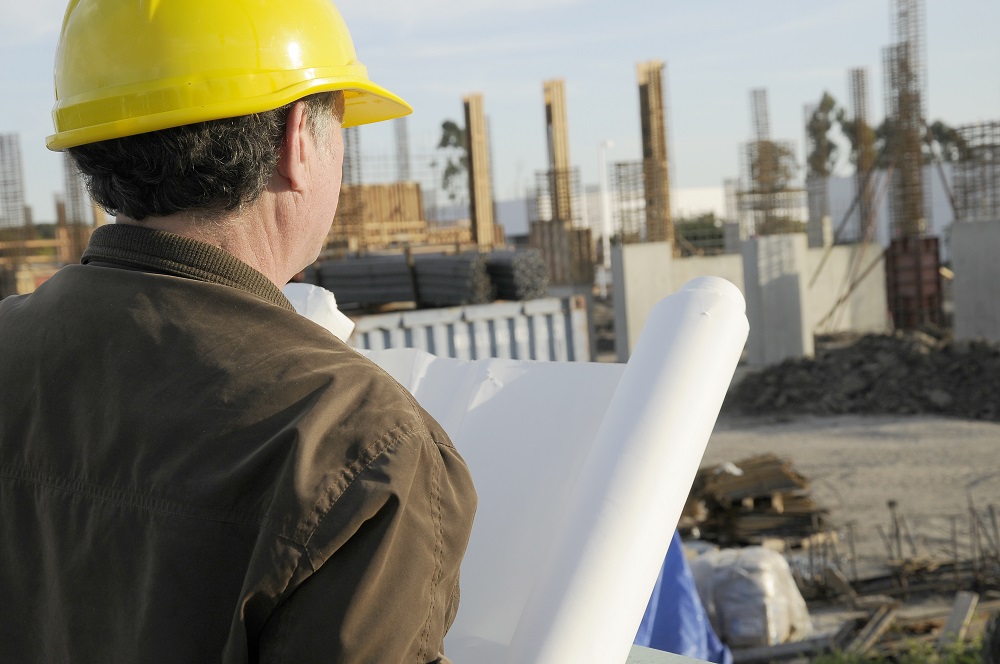A construction industry survey finds skills and worker shortages, cost escalations, and increasingly complex contract terms are making it difficult to deliver on the country’s vital infrastructure works programme

Findings from the sixth annual Construction Industry Survey, a partnership between Teletrac Navman and Civil Contractors New Zealand (CCNZ), shed light on the industry outlook. While just over half of the respondents (52 percent) predict turnover growth in the next 12 months, the results indicate most businesses are being impacted by significant pressures and constraints.
Civil Contractors New Zealand Chief Executive Alan Pollard says the latest edition of the country’s bellwether survey of civil infrastructure construction companies illustrates the need for changes in government policy settings to improve productivity and cut through red tape.
“Businesses are under immense pressure to deliver the civil construction works the country so badly needs. The industry is investing wherever it can to relieve some of these pressures, but much is out of our control and needs urgent government action. While some policy settings have been adjusted, more is needed to improve the outlook for this industry and its important work.”
Pollard says key actions include more funding and support for industry-specific training programmes at an entry level, an industry-led approach to attract key skills to the country, efforts to cut through the complex web of red tape for new migrants and their families, a crackdown on unfair contract terms and increased productivity initiatives to balance out a time of high inflation.
While many businesses remained confident in their ability to withstand and overcome challenges, confidence in the overall industry outlook and the government’s commitment to infrastructure has fallen since the previous survey in 2021.
The country has a critical need for both new and upgraded infrastructure, with a combined infrastructure gap at a whopping $210 billion, so many essential large-scale projects to improve the quality of life for Kiwis on the horizon may be at stake, he says.
2022 Construction Industry Survey Key Findings
Key industry issues
- 71% want a clearer pipeline of central and local government work
- 59% think that the ability to employ migrant workers under new visas and accreditations will have a positive impact on the industry
- 67% feel fluctuating costs are a challenge for future growth, a significant rise from 45% in 2021 and 15% in 2020
Industry outlook / confidence
- 90% have been significantly impacted by cost escalation and supply chain issues
- 41% are confident in the outlook for the construction industry
- 52% are predicting turnover growth in the next year
Workforce
- 84% say skills shortage is a challenge to industry growth
- 87% would hire today if the right skills were available
- 79% have staff working on a nationally recognised qualification or apprenticeship
Technology and procurement
- 23% were required to use certain technology to bid for client work (e.g., GPS & BIM)
- 65% have been asked by clients to increase their capacity to take on work
- 62% refused a tender or did not bid for work due to unsuitable contract terms
Technology to meet the needs of the population now and in the future
The survey finds more productivity gains are possible through the use of technology, with usage and uptake of new technologies remaining largely consistent with 2021.
Fuel management and business intelligence are key examples of areas where technology could be exploited more, says Jim French, Construction Industry Specialist at Teletrac Navman.
“When it comes to efficiently building and maintaining New Zealand’s infrastructure, businesses haven’t explored technologies’ full capacity for maximised productivity. Since the demand for large construction projects will only intensify, it’s crucial that businesses increasingly embrace technology for productivity benefits.
“This doesn’t necessarily mean they need to invest in new technology, they will almost certainly be able to make better use of existing systems. Many businesses use only a fraction of the functionality in the solutions they pay for. Greater use of technology can help improve safety and compliance, streamline projects and anticipate rather than react, particularly while the industry is operating with constrained resources.”
The major challenges facing NZ’s civil construction industry
More project certainty
The findings suggest contractors also need greater certainty of future projects being planned, with 71 percent of businesses surveyed expecting the development of a clearer pipeline of central and local government work could have a positive impact.
Skills and worker shortage
Attracting, training and retaining skilled people remain the greatest challenge to the industry. 84 percent of those polled indicated skill shortages were one of the main challenges in increasing capacity to meet the country’s future infrastructure needs, while 87 percent would hire today if the right skills were available.
When combined with a tight labour market, low unemployment and severe immigration constraints, the civil construction industry talent shortage means contractors face severe difficulties in ramping up worker numbers to respond to client requests for increased capacity.
As a result of intensified skill shortages, businesses are stepping up with more measures to attract and retain workers. In particular, there has been a distinct jump in businesses offering employees competitive salaries (92 percent), followed by flexible hours (38 percent).
The results further confirm that along with education and training, immigration policy is an essential channel to address this gap. 59 percent of contractors surveyed believe the ability to employ migrant workers to supplement the domestic workforce in key areas of skills shortages, under more flexible visas and accreditations will positively impact the workforce.
Cost escalation and supply chain issues
Fluctuating costs and inflation, coupled with supply chain issues, are reverberating through the industry, with 90 percent of contractors reporting they have been heavily impacted by these issues.
As a result of cost escalation and supply issues, contractors have to re-negotiate with clients or scramble to find alternative sources of materials and equipment. This adds pressure on the client-contractor relationship, raises project costs and sometimes extends construction times.
This year’s survey shows a sharp rise of these challenges in the list of concerns. 67 percent polled feel fluctuating costs are major barriers to future growth, a considerable rise from 45 percent in 2021 and 15 percent in 2020.
Complex contract terms and negotiations
Increasingly complex contract terms and negotiations also emerged as a new issue. Although around two-thirds of businesses (65 percent) have been asked to increase their capacity to take on work, 62 percent declined a tender or did not bid for work due to unsuitable contract terms. Without action, the outcomes that New Zealand needs from infrastructure may be at serious risk.
The 2022 Construction Industry Survey is available for download here.








